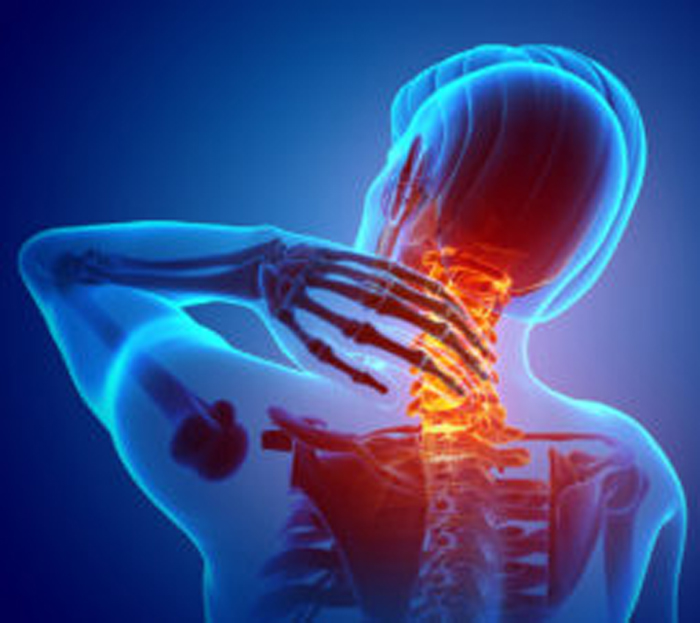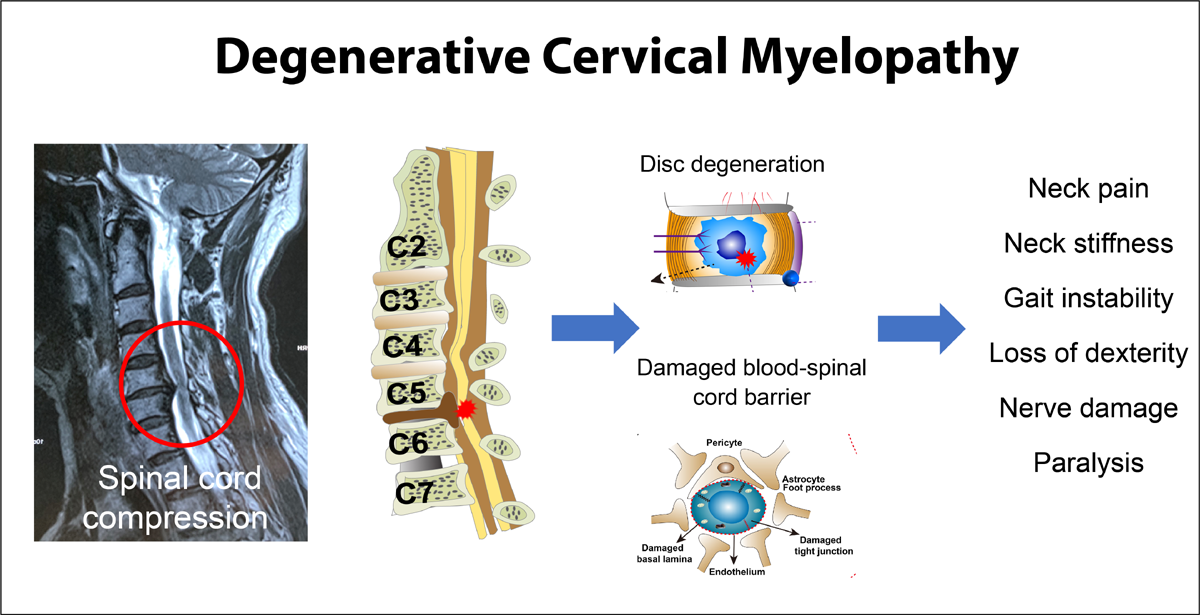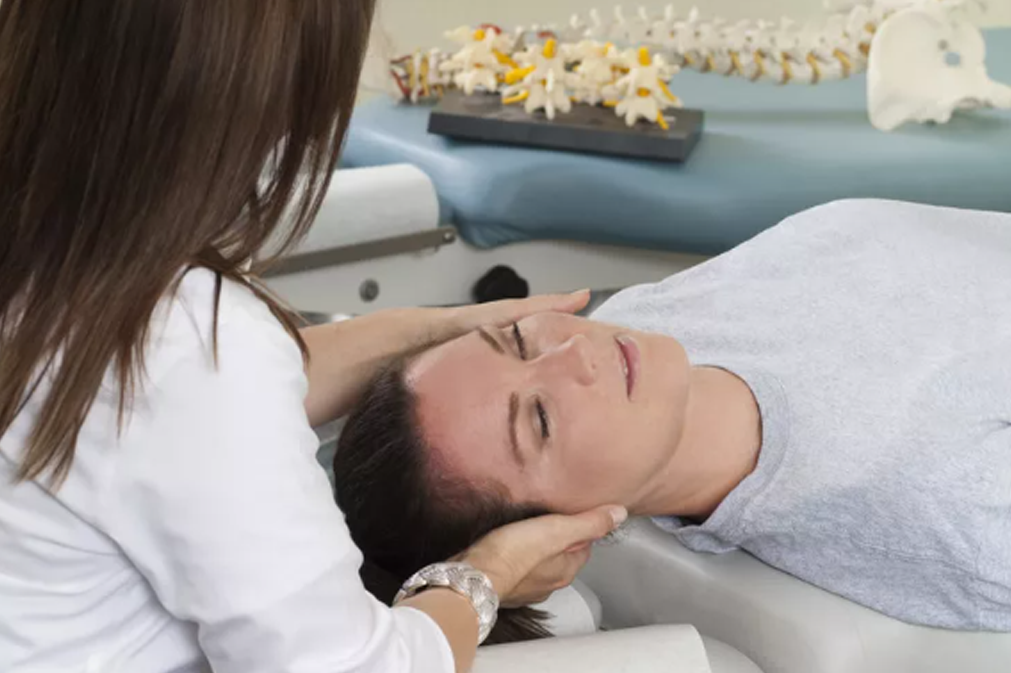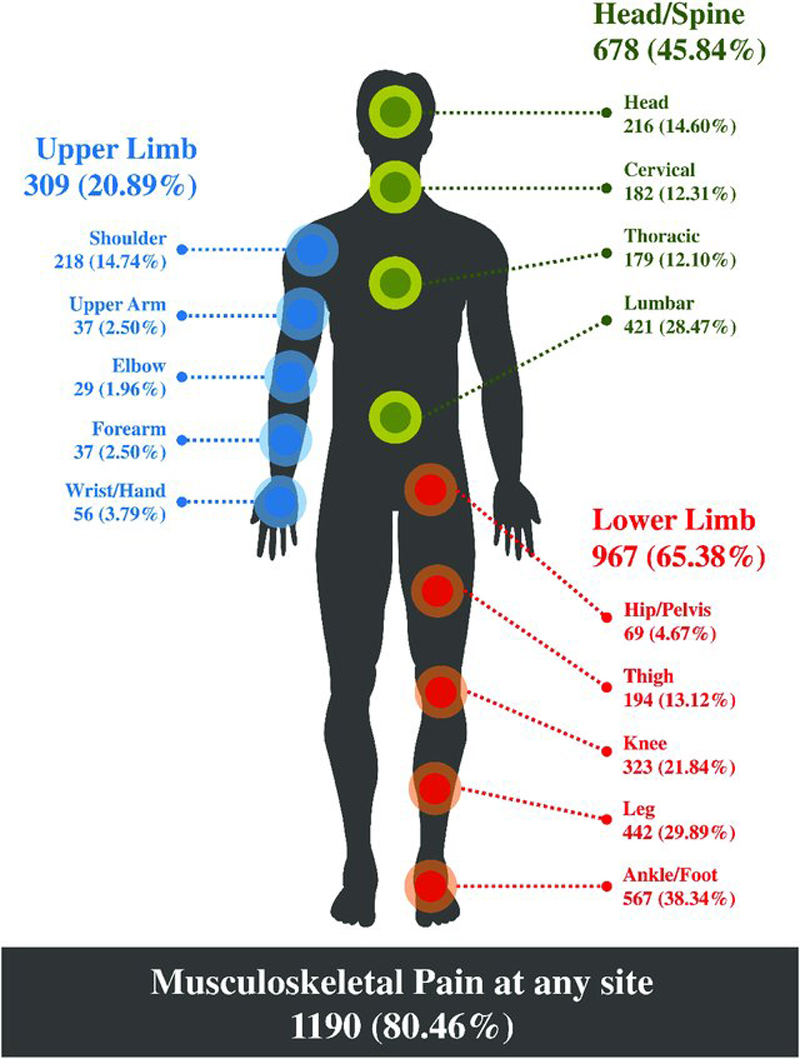Manipulation and Mobilization for Treating Chronic Nonspecific Neck Pain: A Systematic Review and Meta-Analysis for an Appropriateness Panel
SOURCE: Pain Physician. 2019 (Mar); 22 (2): E55–E70
Ian D. Coulter, PhD, Cindy Crawford, BA, Howard Vernon, DC, PhD, Eric L. Hurwitz, DC, PhD,
Raheleh Khorsan, PhD, Marika Suttorp Booth, MS,
and Patricia M. Herman, ND, PhD
RAND Corporation,
Santa Monica, CA
BACKGROUND: Mobilization and manipulation therapies are widely used by patients with chronic nonspecific neck pain; however, questions remain around efficacy, dosing, and safety, as well as how these approaches compare to other therapies.
OBJECTIVES: Based on published trials, to determine the efficacy, effectiveness, and safety of various mobilization and manipulation therapies for treatment of chronic nonspecific neck pain.
STUDY DESIGN: A systematic literature review and meta-analysis.
METHODS: We identified studies published between January 2000 and September 2017, by searching multiple electronic databases, examining reference lists, and communicating with experts. We selected randomized controlled trials comparing manipulation and/or mobilization therapies to sham, no treatment, each other, and other active therapies, or when combined as multimodal therapeutic approaches. We assessed risk of bias by using the Scottish Intercollegiate Guidelines Network criteria. When possible, we pooled data using random-effects meta-analysis. Grading of Recommendations, Assessment, Development, and Evaluation was applied to determine the confidence in effect estimates. This project was funded by the National Center for Complementary and Integrative Health under award number U19AT007912 and ultimately used to inform an appropriateness panel.
RESULTS: A total of 47 randomized trials (47 unique trials in 53 publications) were included in the systematic review. These studies were rated as having low risk of bias and included a total of 4,460 patients with nonspecific chronic neck pain who were being treated by a practitioner using various types of manipulation and/or mobilization interventions. A total of 37 trials were categorized as unimodal approaches and involved thrust or nonthrust compared with sham, no treatment, or other active comparators. Of these, only 6 trials with similar intervention styles, comparators, and outcome measures/timepoints were pooled for meta-analysis at 1, 3, and 6 months, showing a small effect in favor of thrust plus exercise compared to an exercise regimen alone for a reduction in pain and disability. Multimodal approaches appeared to be effective at reducing pain and improving function from the 10 studies evaluated. Health-related quality of life was seldom reported. Some 22/47 studies did not report or mention adverse events. Of the 25 that did, either no or minor events occurred.
LIMITATIONS: The current evidence is heterogeneous, and sample sizes are generally small.
There are more articles like this @ our:
CONCLUSIONS: Studies published since January 2000 provide low-moderate quality evidence that various types of manipulation and/or mobilization will reduce pain and improve function for chronic nonspecific neck pain compared to other interventions. It appears that multimodal approaches, in which multiple treatment approaches are integrated, might have the greatest potential impact. The studies comparing to no treatment or sham were mostly testing the effect of a single dose, which may or may not be helpful to inform practice. According to the published trials reviewed, manipulation and mobilization appear safe. However, given the low rate of serious adverse events, other types of studies with much larger sample sizes would be required to fully describe the safety of manipulation and/or mobilization for nonspecific chronic neck pain.
KEY WORDS: Chronic neck pain, nonspecific, chiropractic, manipulation, mobilization, systematic review, meta-analysis, appropriateness.
From the FULL TEXT Article:
Background
An estimated 66% of the population will suffer from neck pain at some point during their lifetime. [1] In 2007, neck pain was the second most common reason cited by patients for using complementary and integrative medicine (CIM), preceded only by low back pain. [2] The vast majority of neck pain is not due to organic pathology, and thus, has been termed “nonspecific” or “mechanical.” Nonspecific neck pain is responsible for a significant proportion of direct health care costs, visits to health care providers, sick leave, and the related loss of productivity. [3–5] Most nonspecific neck pain is not associated with major disease or with neurologic signs of nerve compression. For some patients, nonspecific neck pain rarely, if at all, interferes with daily activities; for others, nonspecific neck pain constitutes a major hindrance to daily functioning. [6] More than one-third of people affected still have low grade symptoms or recurrences more than one year after treatment, often leading to chronic pain). [7]
Many interventions are available for managing nonspecific chronic neck pain, including analgesics as prescribed by medical practitioners, physiotherapy, educational modalities, exercise, and manual therapy. [4, 6, 8–10] Self-care management and educational modalities are usually the initial forms of treatment for nonspecific chronic neck pain. There is some evidence that educational videos are useful for patients with whiplash-related neck pain. [11] There is little evidence that these types of modalities are more effective compared to other conservative therapies. [6, 12] Physiotherapy, exercise, and manual therapies such as massage, chiropractic, occupational, and osteopathic therapies, including spinal manipulation and mobilization, are used in isolation and in conjunction with other therapies to treat nonspecific neck pain.
There are several systematic reviews of manual therapies, such as spinal manipulation and mobilization, for the treatment of neck pain. [5, 8, 13, 14] Some reviews have found that there is no evidence or insufficient evidence that spinal manipulative therapy is superior to other standard treatments for patients with chronic neck pain. [15] However, more recent systematic reviews on chronic neck pain, as well as chronic low back pain, suggest spinal manipulation and mobilization are “viable” options for treating pain and reducing disability. [8] The Bone and Joint Decade 2000–2010 Task Force [12] found that mobilization or exercise sessions alone, or in combination with medications, are the most beneficial treatment for short term neck pain. Others have concluded that interventions commonly used by manual therapy practitioners, such as chiropractic care, improve outcomes for the treatment of chronic neck pain. [16, 17] The greatest increase in benefits has been suggested for multimodal approaches, in which multiple approaches are used together to treat chronic neck pain. [16]
The long-term benefit of manual therapy is not well established in the literature. A systematic review of selected CIM therapies for neck and low back pain by Furlan et al [18], comparing CIM therapies to other active treatments (e.g., other CIM therapy, physiotherapy, pain medication, usual care) found that, “manipulation and mobilization effectiveness is variable depending on symptom duration, outcome, comparator, whether there is exercise or general practitioner care, and followup period. Although this variability can be considered inconsistent findings, the overall evidence suggests that manipulation and mobilization are an effective treatment modality compared to other therapies”. [18] The findings of this systematic review regarding the effects of manipulation on neck pain appear to be consistent with both older and newer reviews. [8, 14]
Read the rest of this Full Text article now!







Leave A Comment